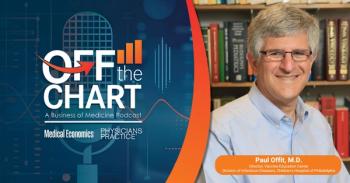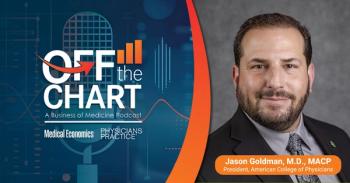
8 Ways Practices Can Prevent Physician Burnout
Keeping physicians in good physical and mental shape improves patient care and maximizes income for practices. Here are eight ways to prevent burnout.
Not too long ago, practicing medicine revolved around patient care. Today, doctors find themselves overwhelmed by increasing documentation requirements from third-party payers and the challenges of balancing patient expectations against limited consultation time. Â Â While it is hard to find solutions in the current climate of increasing patient loads and physician shortages, making small changes in scheduling, record keeping, and practice routines can reduce exhaustion and keep practitioners motivated.Here are eight ways to stave off physician burnout.Click here to download a PDF of this slideshow.
Newsletter
Optimize your practice with the Physicians Practice newsletter, offering management pearls, leadership tips, and business strategies tailored for practice administrators and physicians of any specialty.




